DesignOps – Design at scale and pace
The increasingly dominant role of agile processes and the need to collaborate at scale as we deliver outcomes at speed, has precipitated the emergence of Design Operations (DesignOps or DesOps). DesignOps is a way of systemising, codifying, and productising design practices, tools and activities using a new and distinct set of approaches to work alongside and dovetail with DevOps (Development Operations) and BizOps (Business Operations) – all work is underpinned with insight and data using ResearchOps.
DesignOps (DesOps), in the design of products and services, is concerned with the operationalisation of user research, service design, UX design and UI design practices, where designers work in a core team (or Tribe) to formulate strategy, participate in research, share insights and then formulate and test hypothesis-driven design strategies (HDD). HDD is used to set goals based on a target state and deliver outcomes (rather than outputs) in an iterative and agile approach of ‘design, build, test, and measure’.
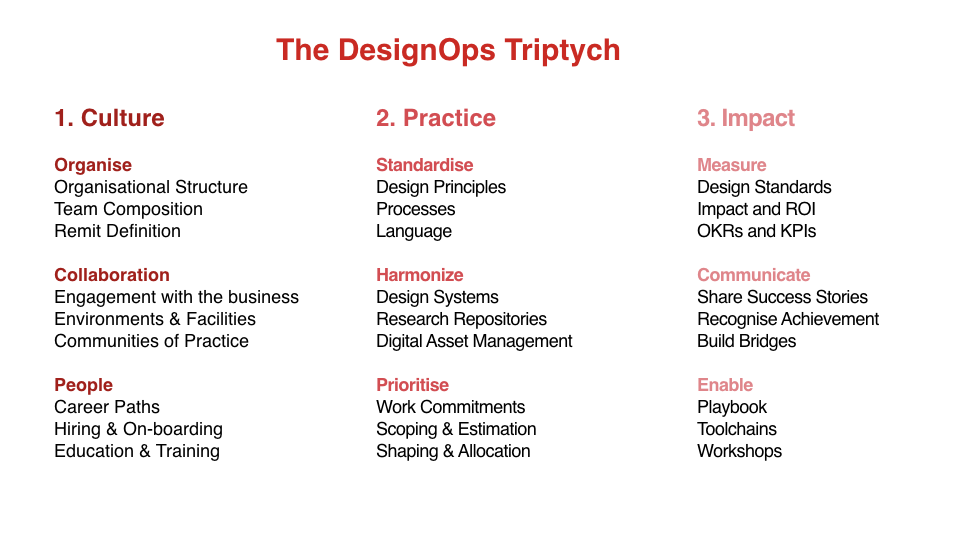
DesignOps is concerned with :
Design Capability
Casting – Competencies & Skills
Ways of Working
Communication
Design Standards and Governance
Shared Methods and Language (Playbooks & Toolkit)
Tools (& Toolchains)
Measuring The Impact of Design
Design Quality
Outcomes
Increasingly there are a set of principles and practices for Design Operations (DesOps) that are applied to the design of products and services. DesignOps requires a systemic change to the way design is used in the development of new services and products in a workflow that is highly collaborative, fast, and lean to support transformation at speed and with agility.
Service design and UX design offer a strategic and tactical vision while DesOps provides the mechanics, linked operations and activity chains to enable designers, developers and product managers (or owners) to work at speed to collaborate effectively within teams using agile principles.
DesignOps (DesOps) is increasingly important as it can be applied to deliver impactful outcomes , improve design capability and expand design capacity while working at speed to significantly reduce the time to market of innovative and user-centric products and services.
Before starting
Before you adopt DesignOps and start your journey it’s important to form a cultural and behavioural mind-set that supports Design by having a focus on user outcomes as well as diverse and empowered teams that together have a spirit of restless reinvention through a design, build, test and measure model.
DesignOps has a primary goal to establish a highly efficient design process that generates high-quality design outputs. It is concerned with the optimisation of processes, team coordination, shared practices, behaviours and values to deliver benefits to the business and its customers.
User Focused Outcomes
Users rely on products and services to get their tasks and goals fulfilled. Success isn’t measured by the features and functions you release, rather it’s measured by how well the users’ needs and goals are fulfilled. Focus on outcomes that can be measured.
Diverse and Empowered Teams
Diverse teams generate more ideas than homogeneous ones, increasing your chance of creating a truly innovative and disruptive product or service. Empower the team with the expertise and authority to turn those ideas into outcomes. Ensure teams are small and multi-disciplinary while encouraging trans-disciplinary skill-sets.
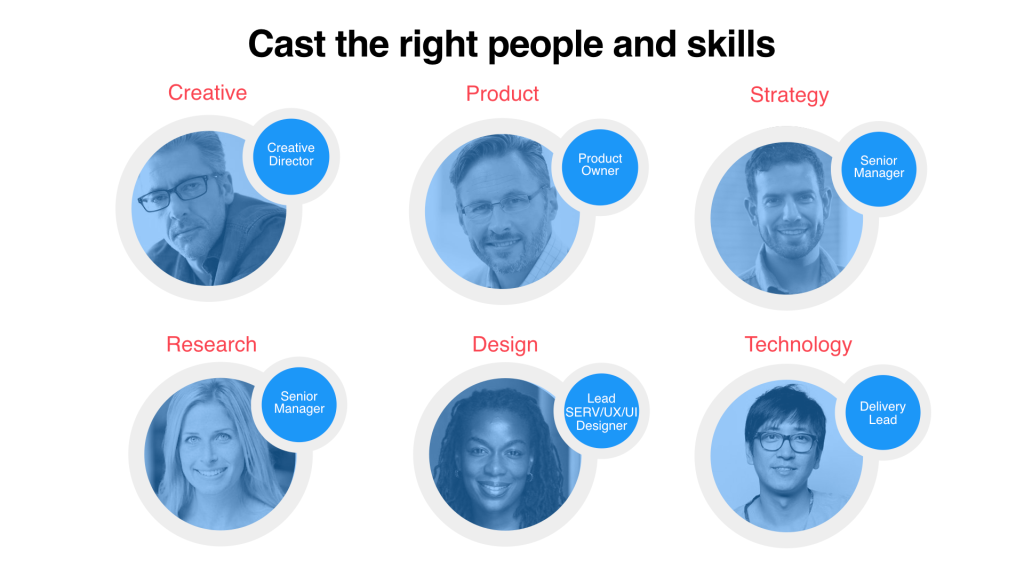
Iterative
Everything is a prototype and another iteration. Teams are empowered to bring new thinking and new ways of delivering outcomes through a process of continuous improvement.
DesignOps – The Three Pillars
There are three pillars in Design Ops:
1. Design Process
2. Design Practices
3. Design Tools
1. Design Process
DesignOps links the design operations to the organisation
Applying design thinking and user centred design – the designer is responsible for the user experience.
Facilitate design quality through consistent toolsets and processes.
Documenting and optimizing the high-level design process, from initiation through testing to delivery.
Defining and aligning purposeful design activities within the design process.
Auditing and enforcing the use of the same design tools for efficient collaboration.
Measure the impact of design and the value it creates. We make design accountable by defining and measuring design quality:
Establish a culture of excellence, not perfection, in all things.
Choosing and aligning metrics for design quality, and tracking those metrics over time.
Creating and using design principles throughout the design process as objective measures.
Create a home for creativity and innovation and ensuring teams are empowered and enabled to deliver innovation.
2. Design Practice
Teams have a goal to streamline workflows. When a DesignOps department starts to rework the process, they usually do the following things:
Identify the critical gaps and weaknesses of an existing process.
Build a process to optimise day-to-day workflow to maximize engagement and reduce duplicated efforts and creating re-suable assets and components.
Scaling and managing design systems to create efficiencies for designers. Unify design language across platforms. Unified language helps designers achieve consistency across all platforms.
Promote creativity and the craft of design; tradecraft, stagecraft and statecraft, we make the intangible, tangible; we evidence of thinking, we align teams in workshops, surface assumptions and encourage the team to create and test hypotheses and use evidenced based design decision-making.
Building repositories of user-research data that are accessible to everyone.
Using digital-asset managers (DAMS) or other systems to share design assets and templates among team members.
Systemise consistent approach to methods, playbook and toolkits.
Auditing and enforcing the use of the same design tools for efficient collaboration
Define clear metrics of success and ensure designers align with them. Metrics are selected according to the business’s goals. DesignOps might introduce a practice of design review to ensure that designs are executed to the highest quality.
Enforce workshop and meeting etiquette. Reduce meetings. Introduce a mandatory requirement for clear agendas before meetings and action items after the meeting).
Establish a clear scheme of design delivery. Decide who needs to see the work, and when.
Define sprints based on outcomes and impact.
3. Design Tools
DesignOps also determine what tools design teams need to work efficiently.
Standardise the tooling and systems used, as well as introduce new tools and make sure designers (and our colleagues) adopt them.
Ensure data is interoperable and exchangeable.
Support flow and superfluidity to ensure teams can work at pace speed in an agile environment.
StudioOps is a collective term for addressing challenges of engaging design, scaling and evolving a studio culture, embedding design practices in teams and hiring people with the right skills, ensuring they are able to collaborate effectively in teams. StudioOps is primarily concerned with the following:
Building Relationships with the Business
Shaping Engagement
Recruitment & Retention
Tracking Success
Developing Careers
Commissioning & Resourcing
Supporting a Learning Culture
Coaching & Training
StudioOps – The Three Pillars
There are three pillars in StudioOps:
Design Talent
People & Skills
Culture
1. Design Talent
StudioOps has a remit to attract and create a home for the best talent.
Encourage a learning mindset and supporting coaching, training and mentoring.
Creating T-Shaped’ people – talented practitioners with specialism and expertise but a great understanding of technology and a vertical.
Skilled – able to use and apply the latest tools but can also think on paper (or white board).
Hiring the right people that expand the offering.
Designing interviewing practices that are specific to the needs of the design team.
Establishing consistent hiring and onboarding practices to set up new team members for success.
Standardizing transparent career pathways for both management and non-management roles.
2. People & Skills
StudioOps is also responsible for focusing on the business aspects of the design. They are involved in the following activities:
Engagement – Connecting with the business, scoping projects, setting ambition and casting for impact.
Budgeting – How much running a design team costs, and why. The goal is to achieve transparency for resource allocation.
Human resources – StudioOps are responsible for both headcount and recruitment. The StudioOps team help to forecast work and manage resourcing. They know how many people are needed for a particular design process and with what skills, helping to set recruiting standards. How do we structure our teams, and build the right team?
Organizing may includeDesigning organizational structure for design teams
Creating complementary, skills-complete design teams
Defining both the role of individual designers, and the role of the design department as a whole
Support – enable designers with the resources that need so they can concentrate on design work, instead of details like budgeting and hiring.
Collaborate: How do we create environments and gatherings that enable effective communication? The collaborate component could include:
Defining a structure for regular rituals and meeting.
Ensuring that group spaces and environments are conducive to collaboration.
Establishing communities of practice for skills and interest sharing.
Project Building – Structure, estimation and allocation of resources
3. Culture
Design culture is a key element that keeps design teams happy and healthy.
- Education. DesignOps figure out what skills are missing in a design team and how to gain them. They are also responsible for onboarding new team members.
- Retention. DesignOps protect designer resources from turnover by creating an environment in which people want to stay for longer periods of time.
- Accountability. They are responsible for holding the designer accountable.
- Knowledge sharing. They create a culture where team members share the knowledge generously with others.
- Evangelising design, by helping everybody in the organisation understand the value of good design. The StudioOps team will act as evangelists to demonstrate and evidence the value of design within the organisations. We do this by:
- Crafting a consistent message of the role and value of design, and proactively sharing that message with design partners.
- Capturing and sharing success stories of user-centered design processes
- Recognising and rewarding teams that apply design practices to their work
- Establishing strong cross-functional partnerships. The DesignOps team breaks down team and discipline silos and fosters strong relationships across teams.
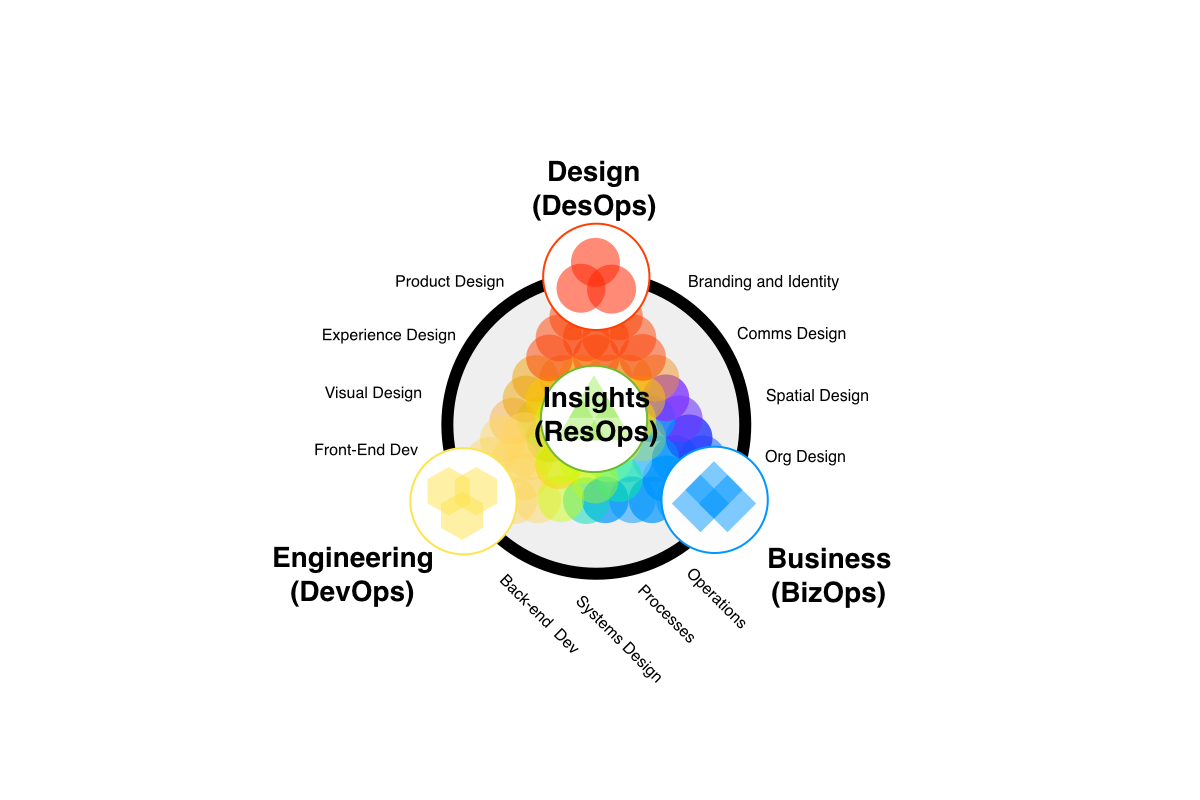

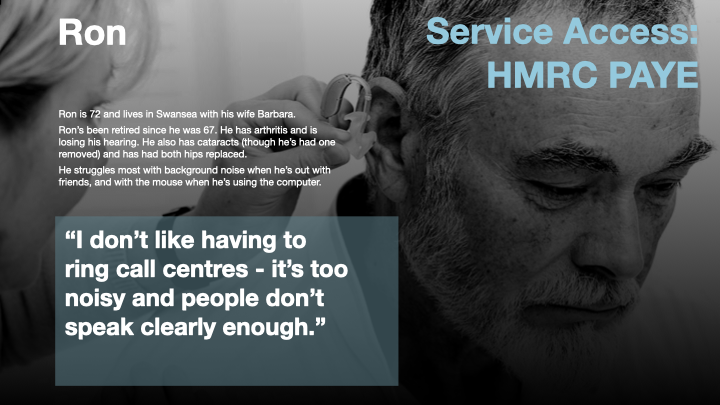
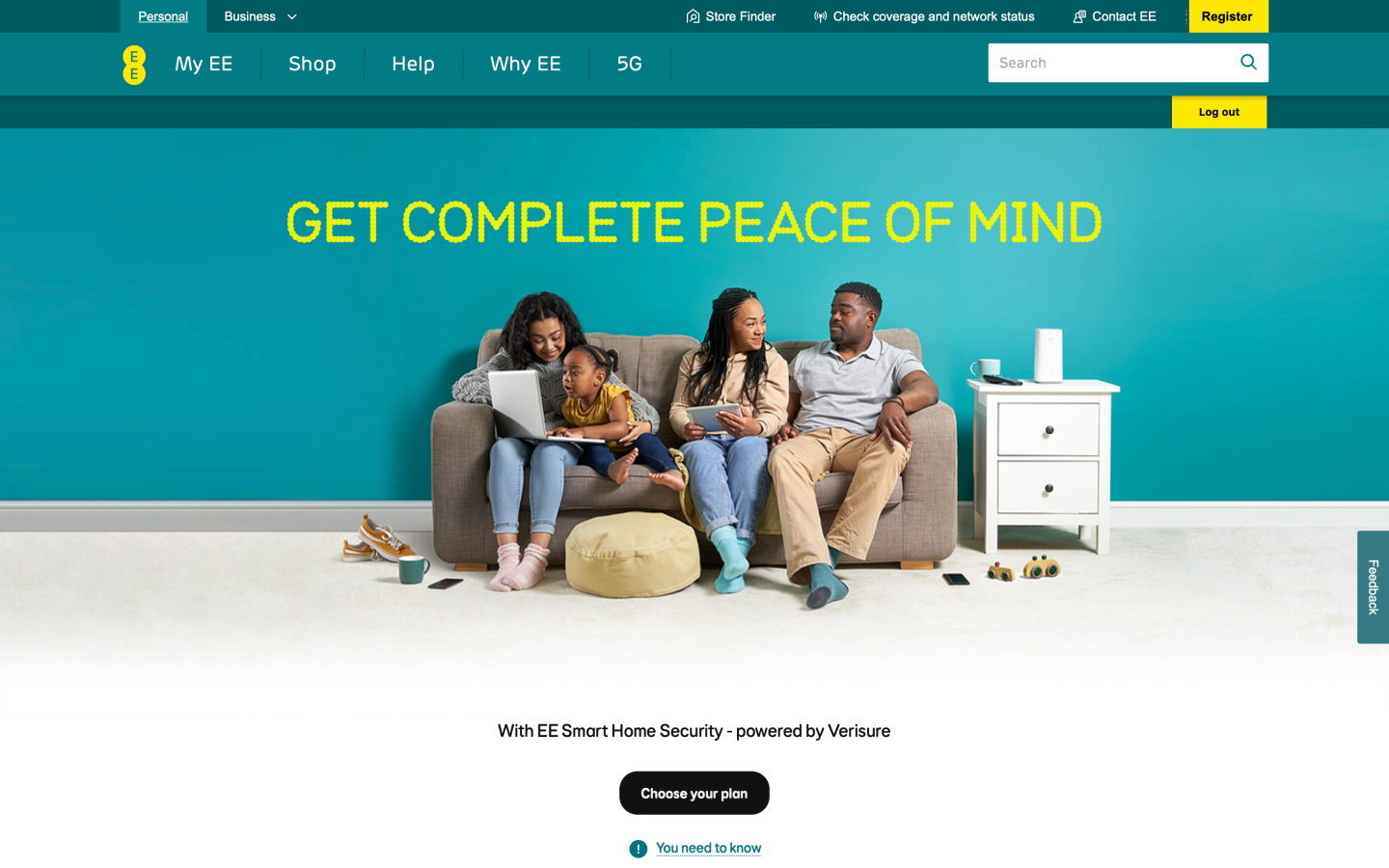
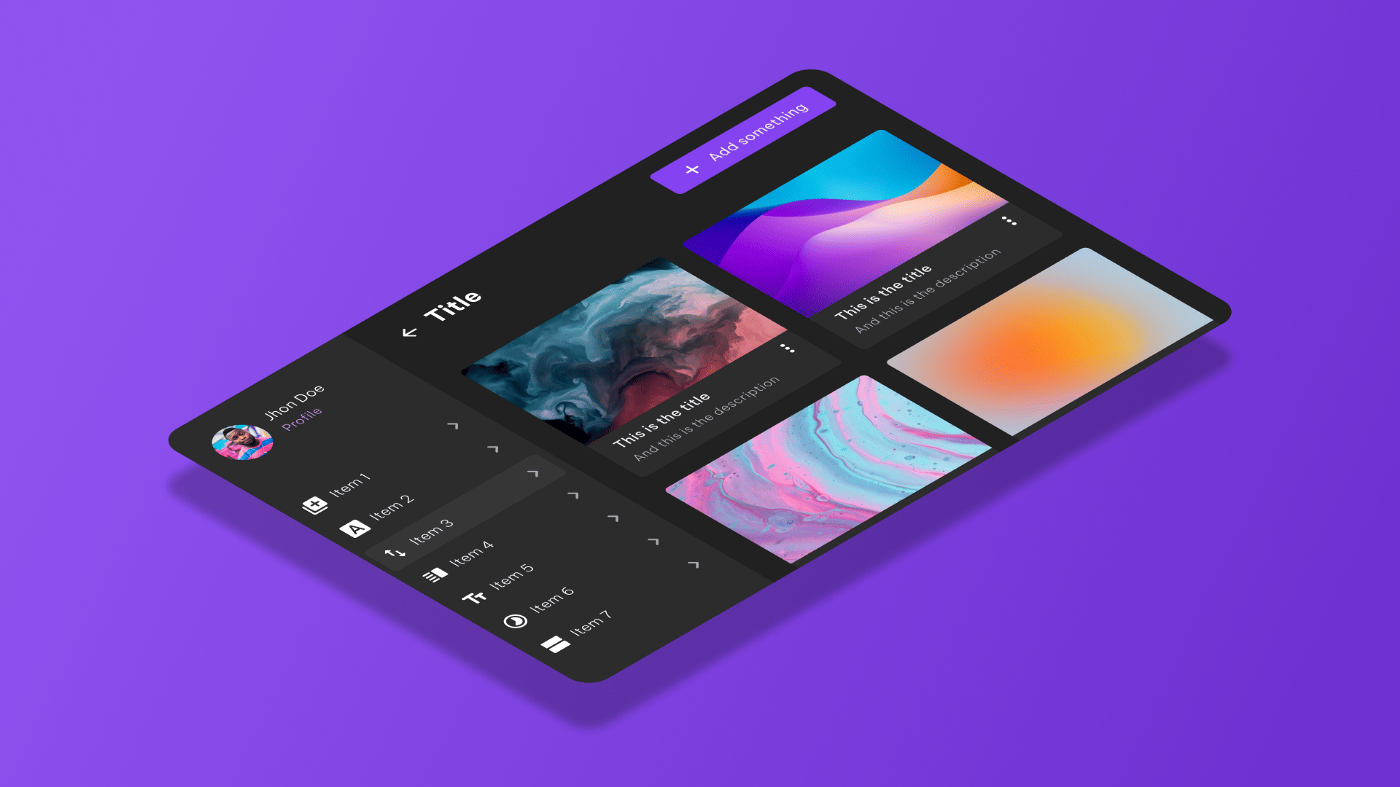

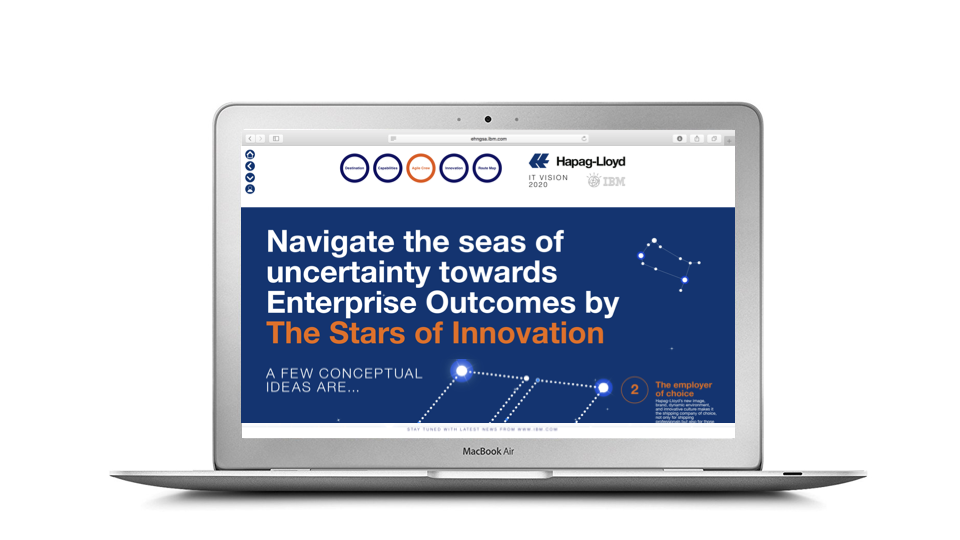


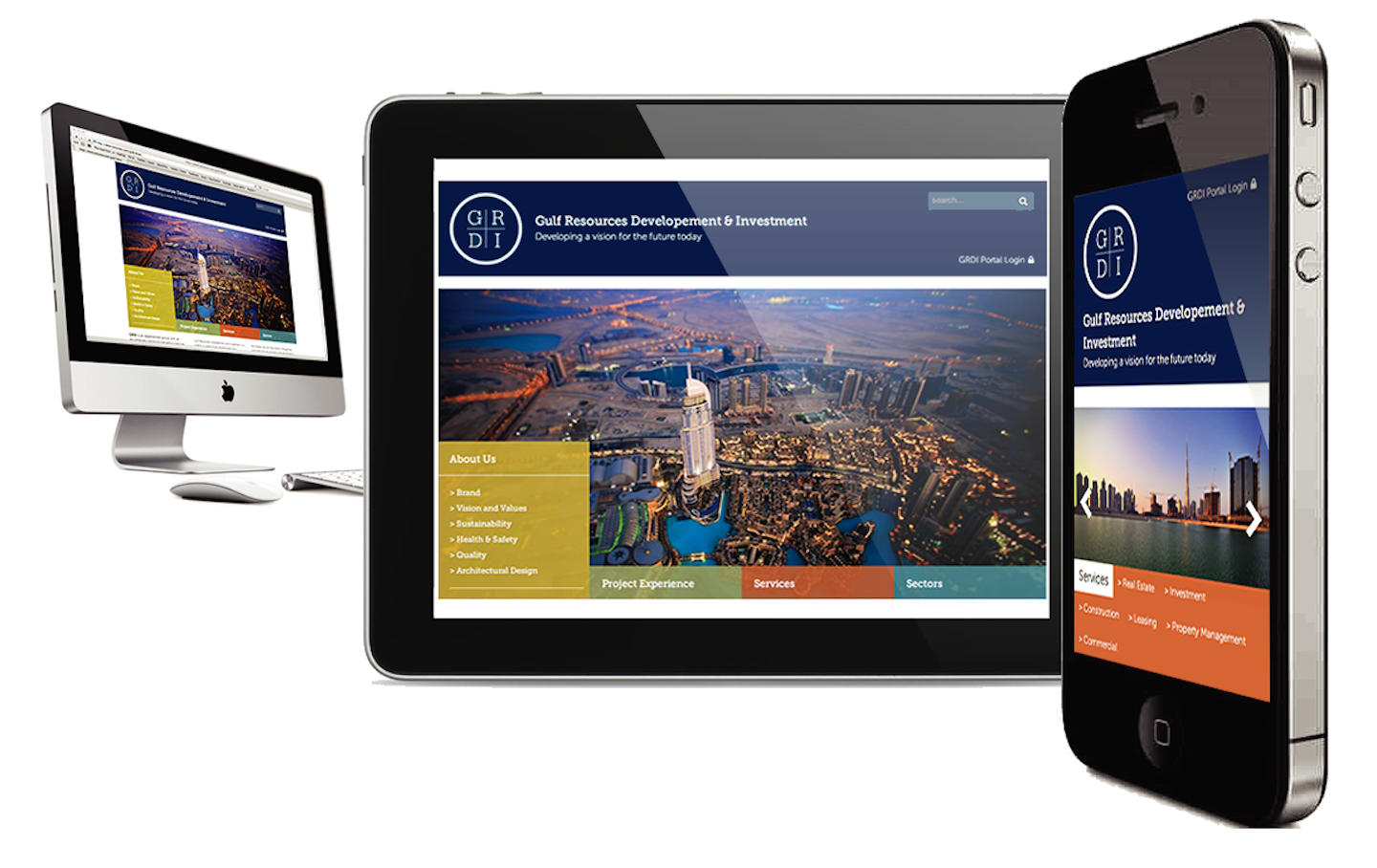

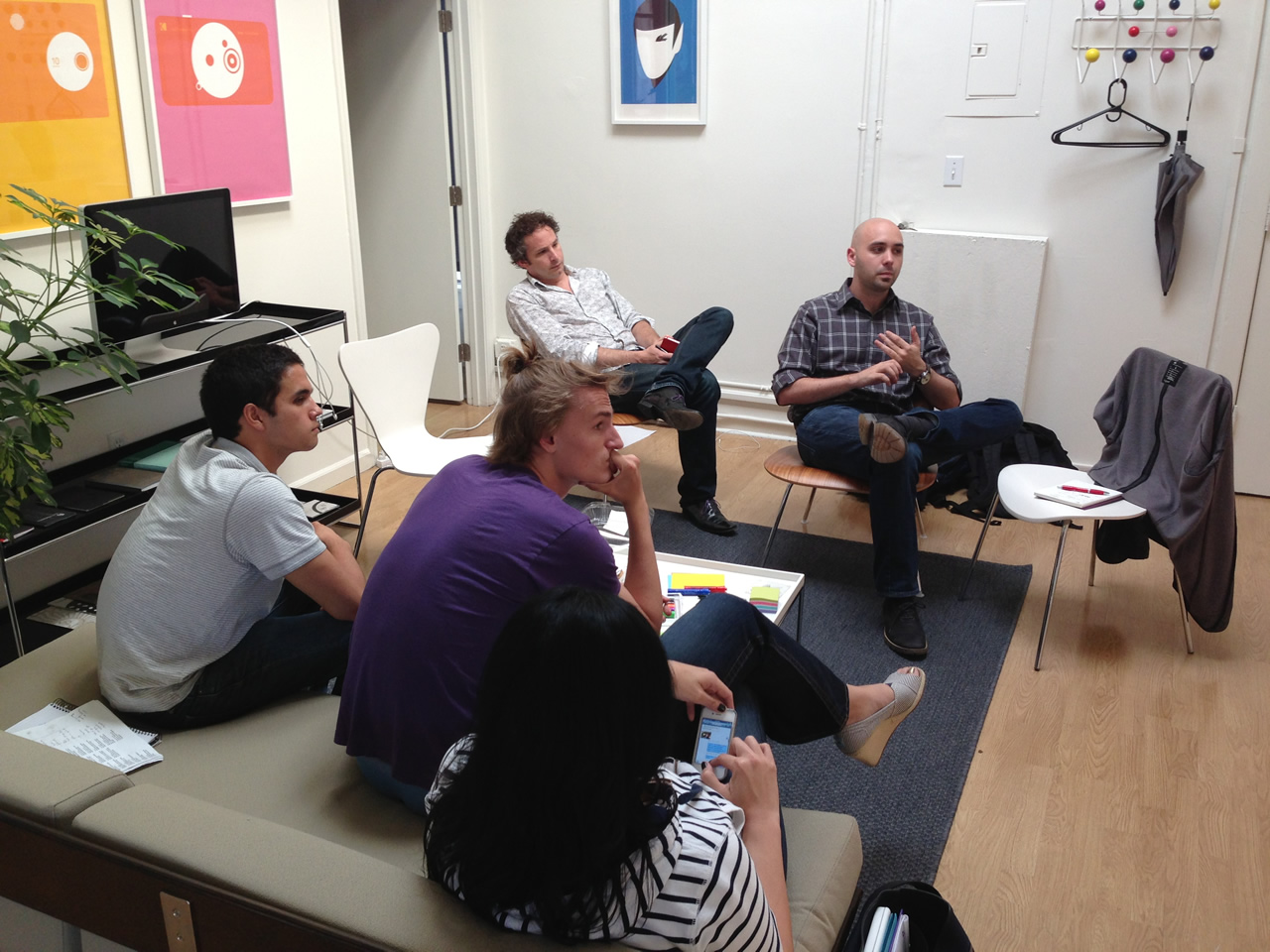
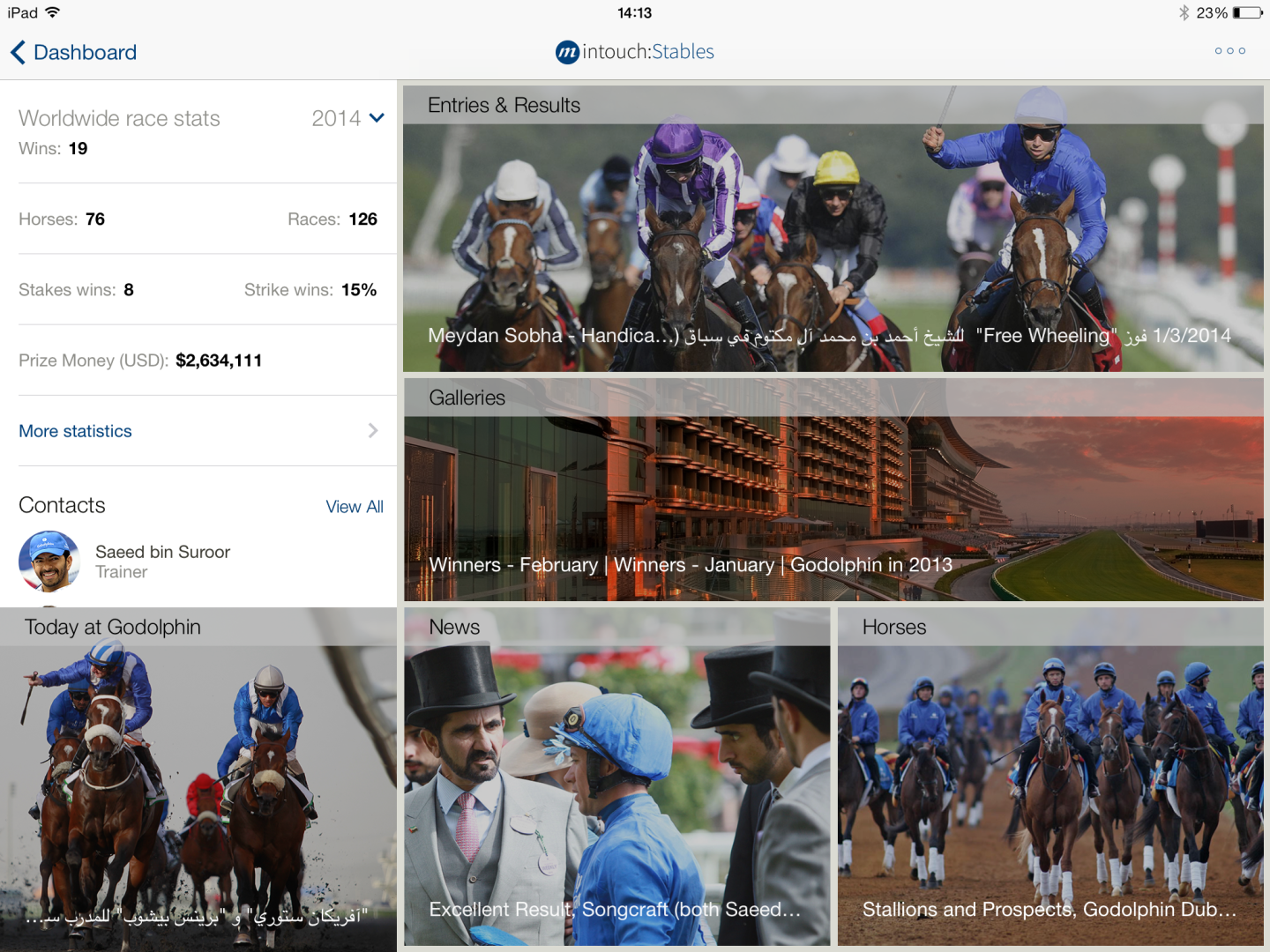
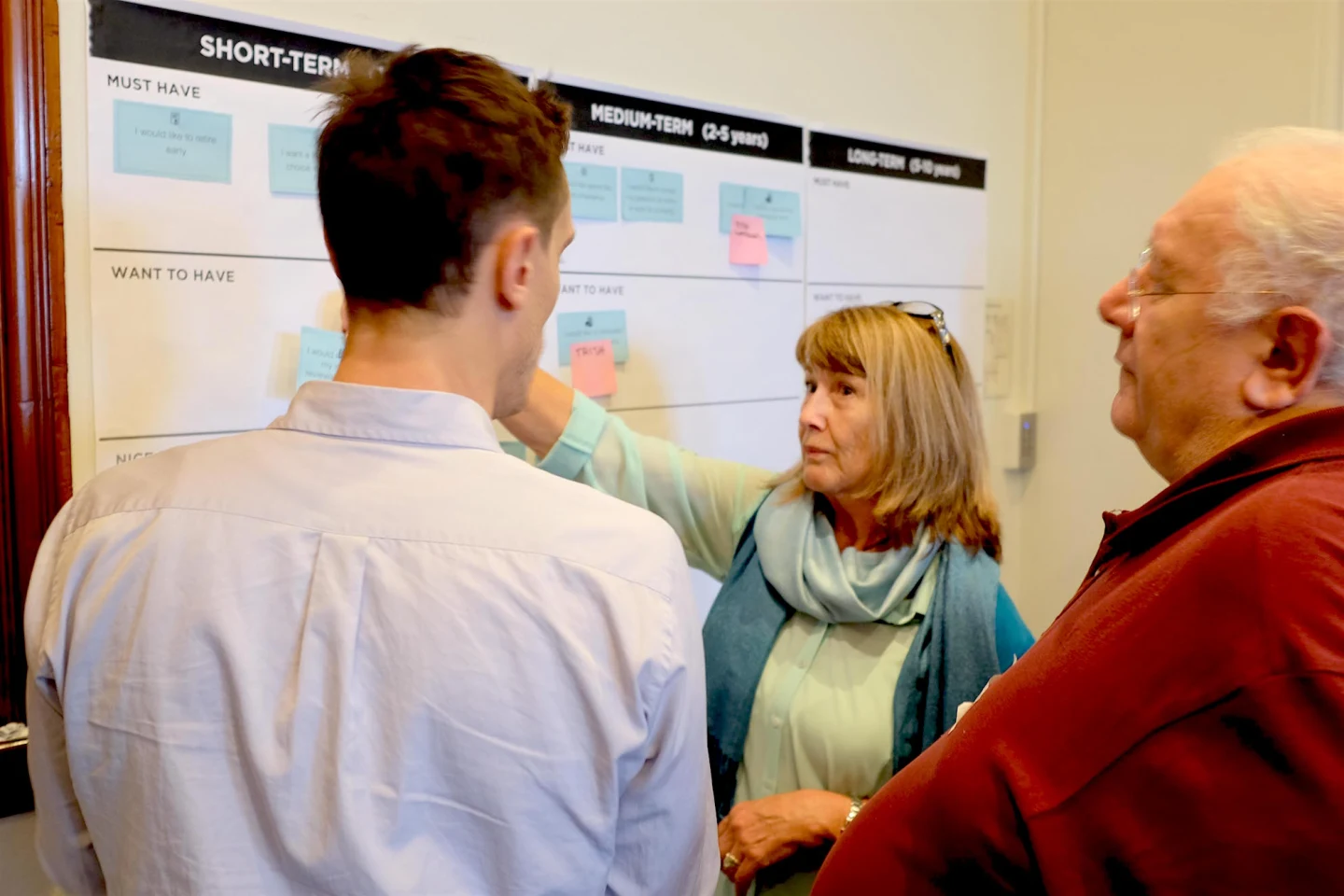

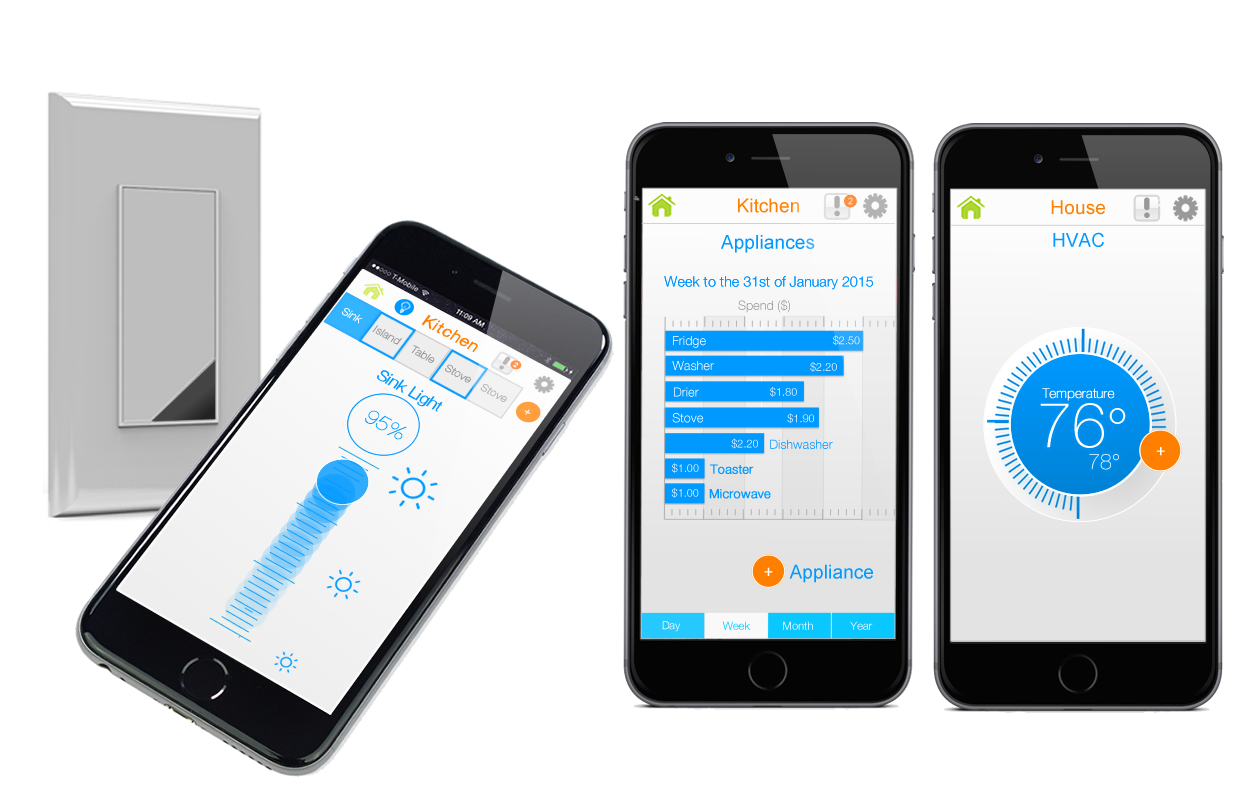


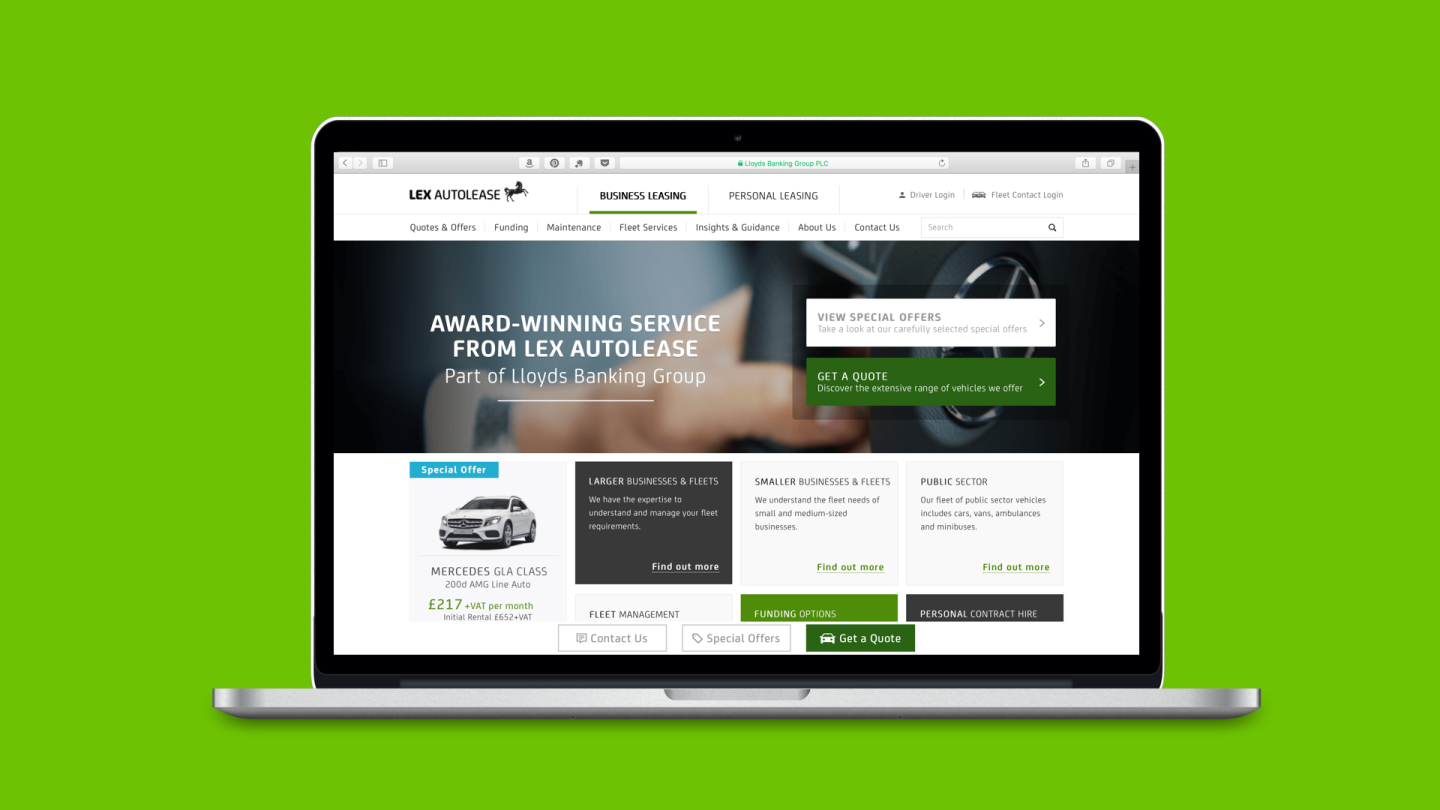
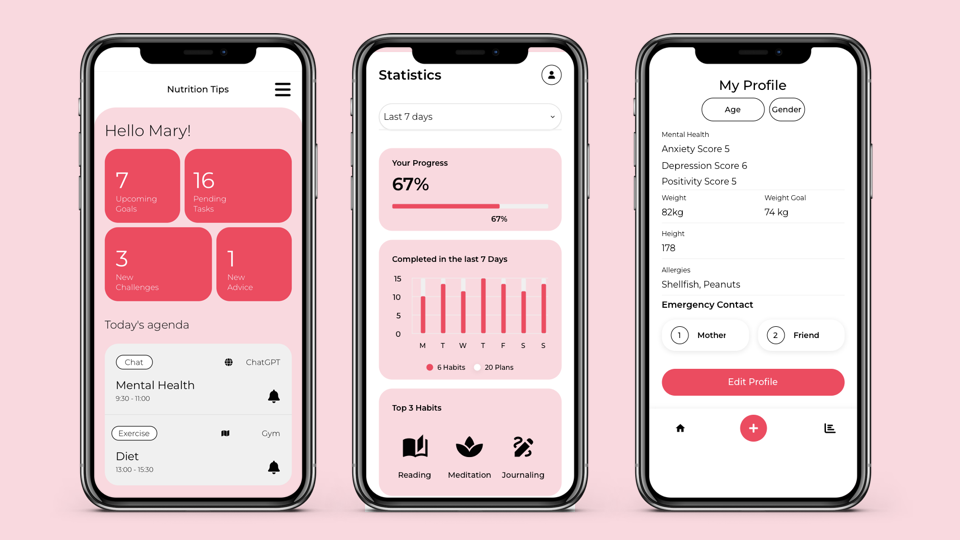
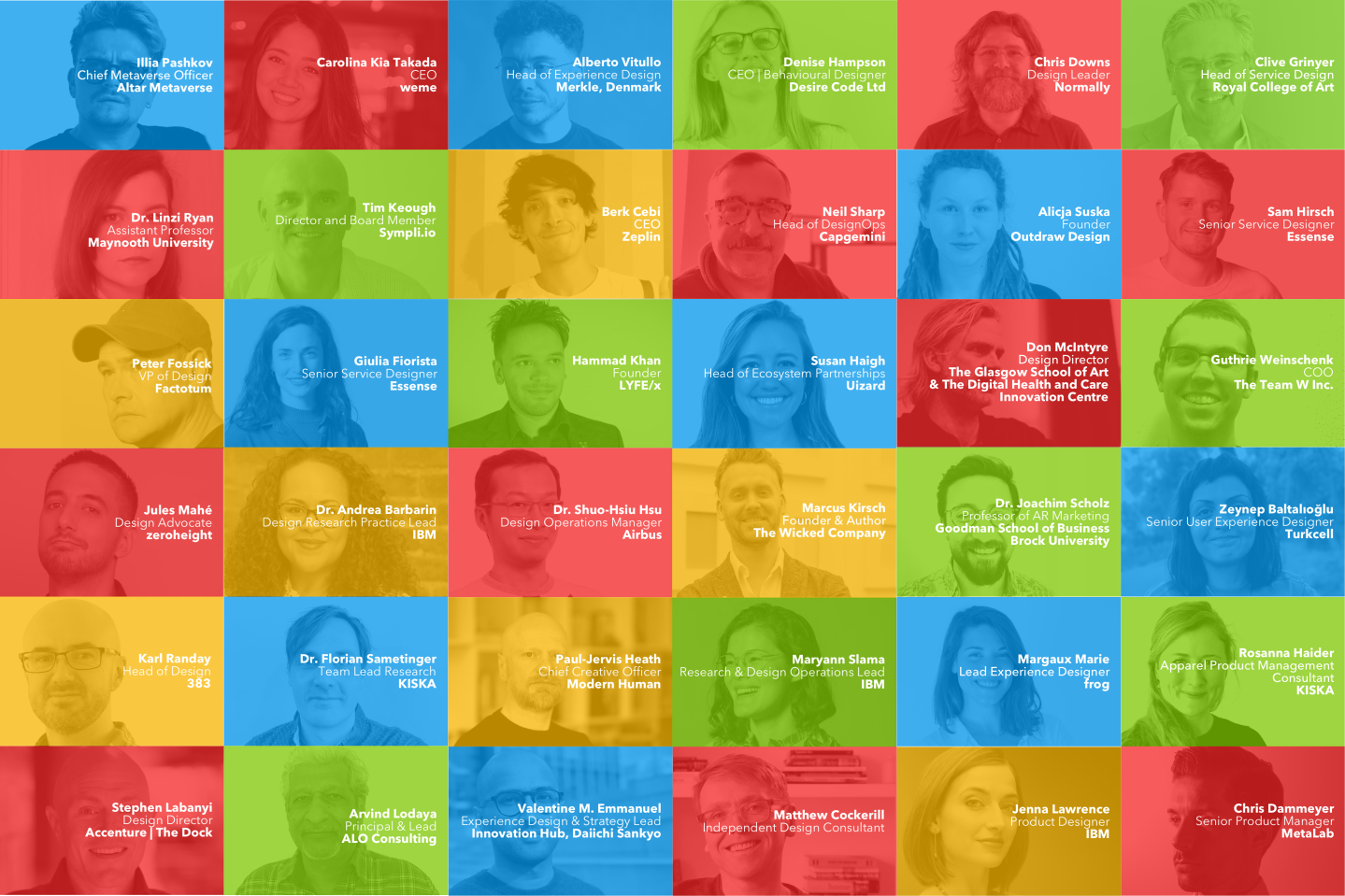
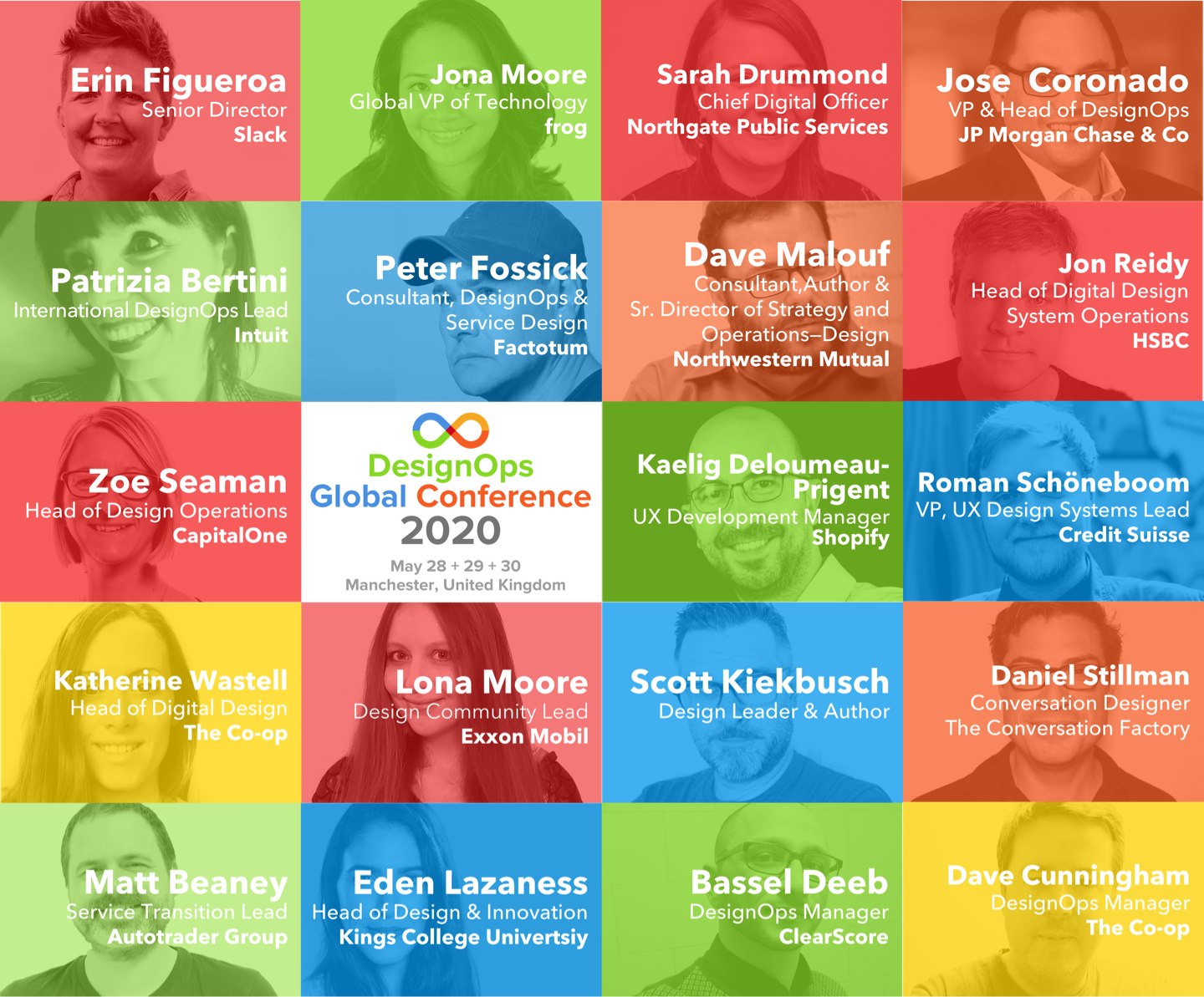
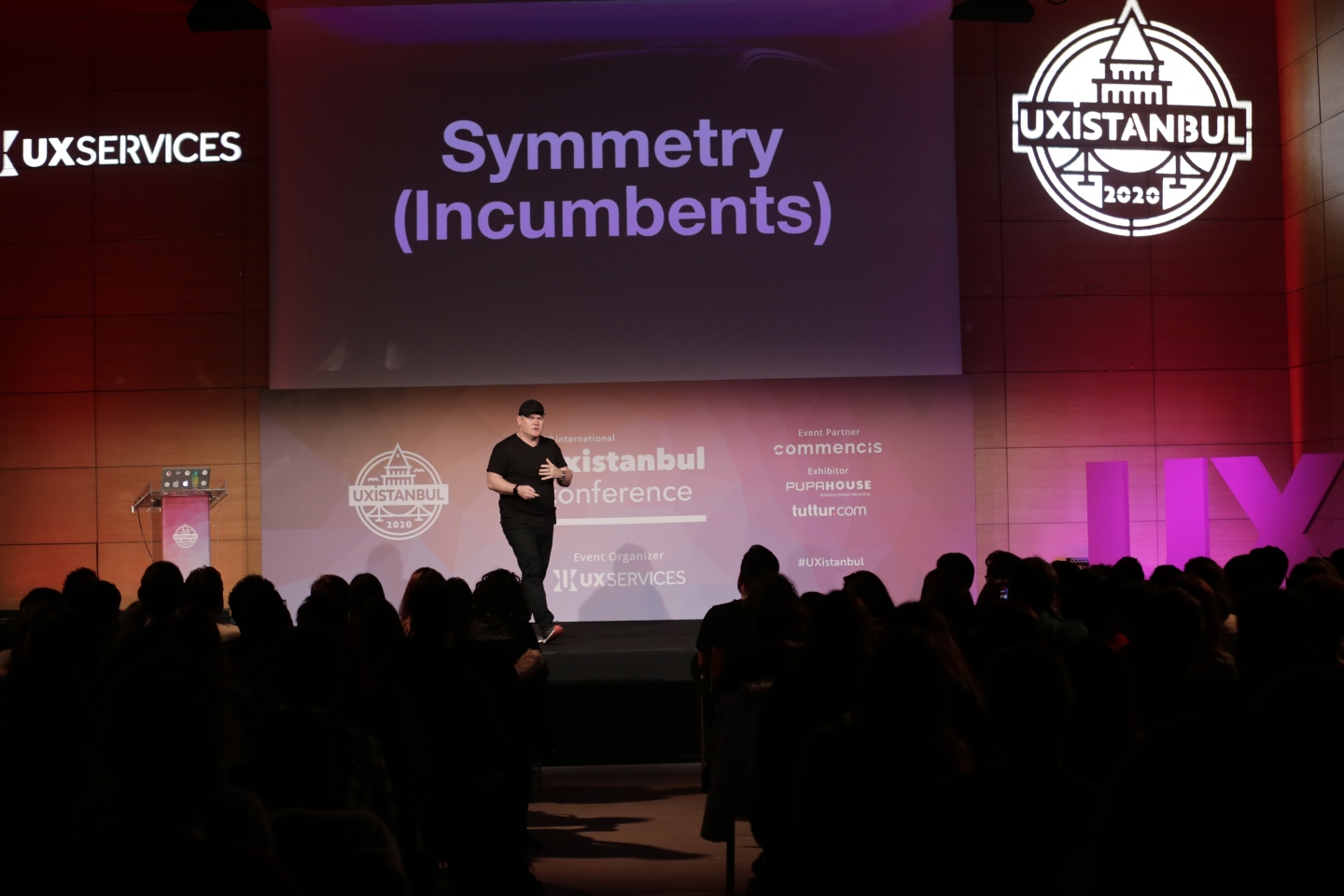
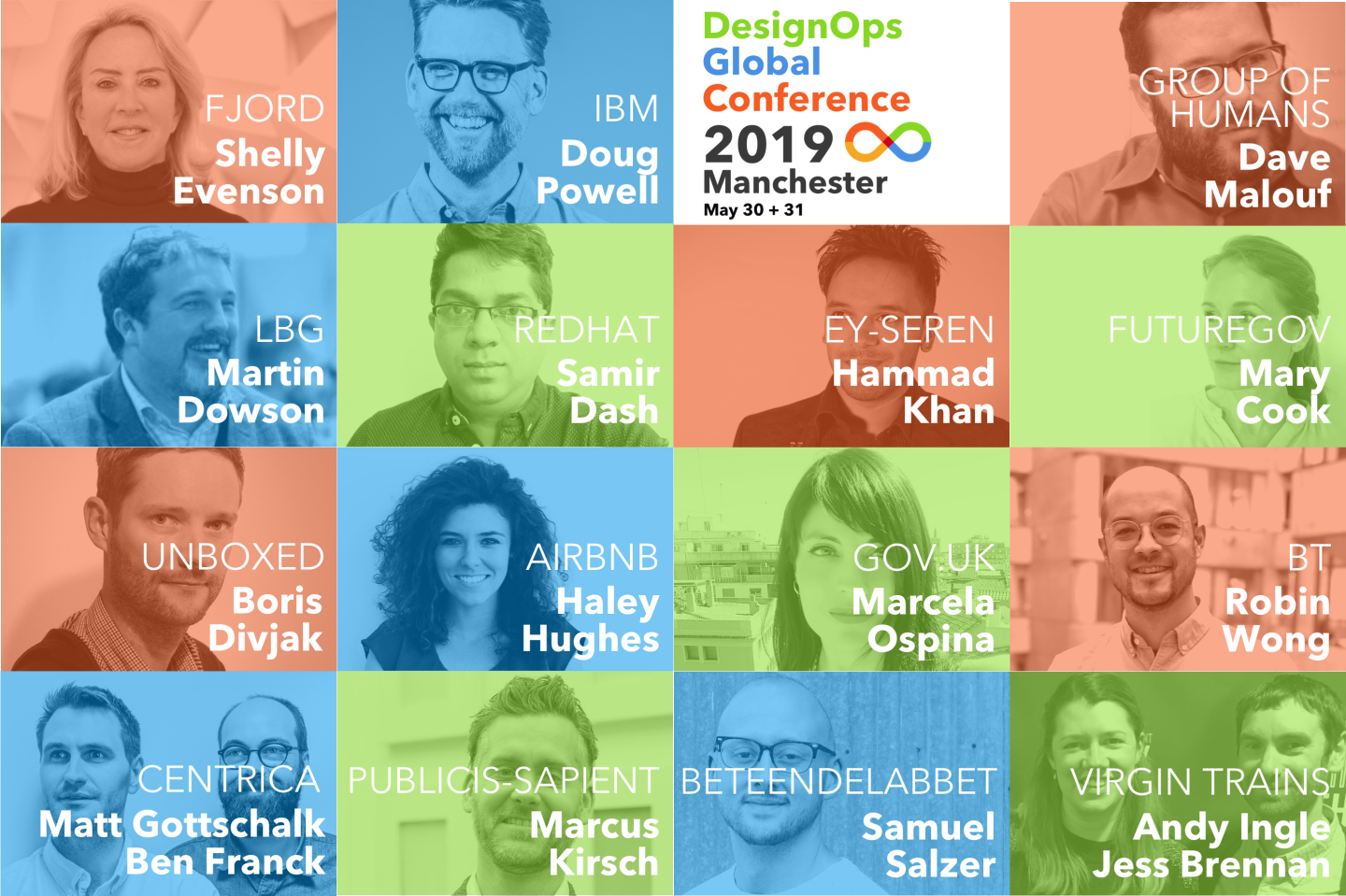
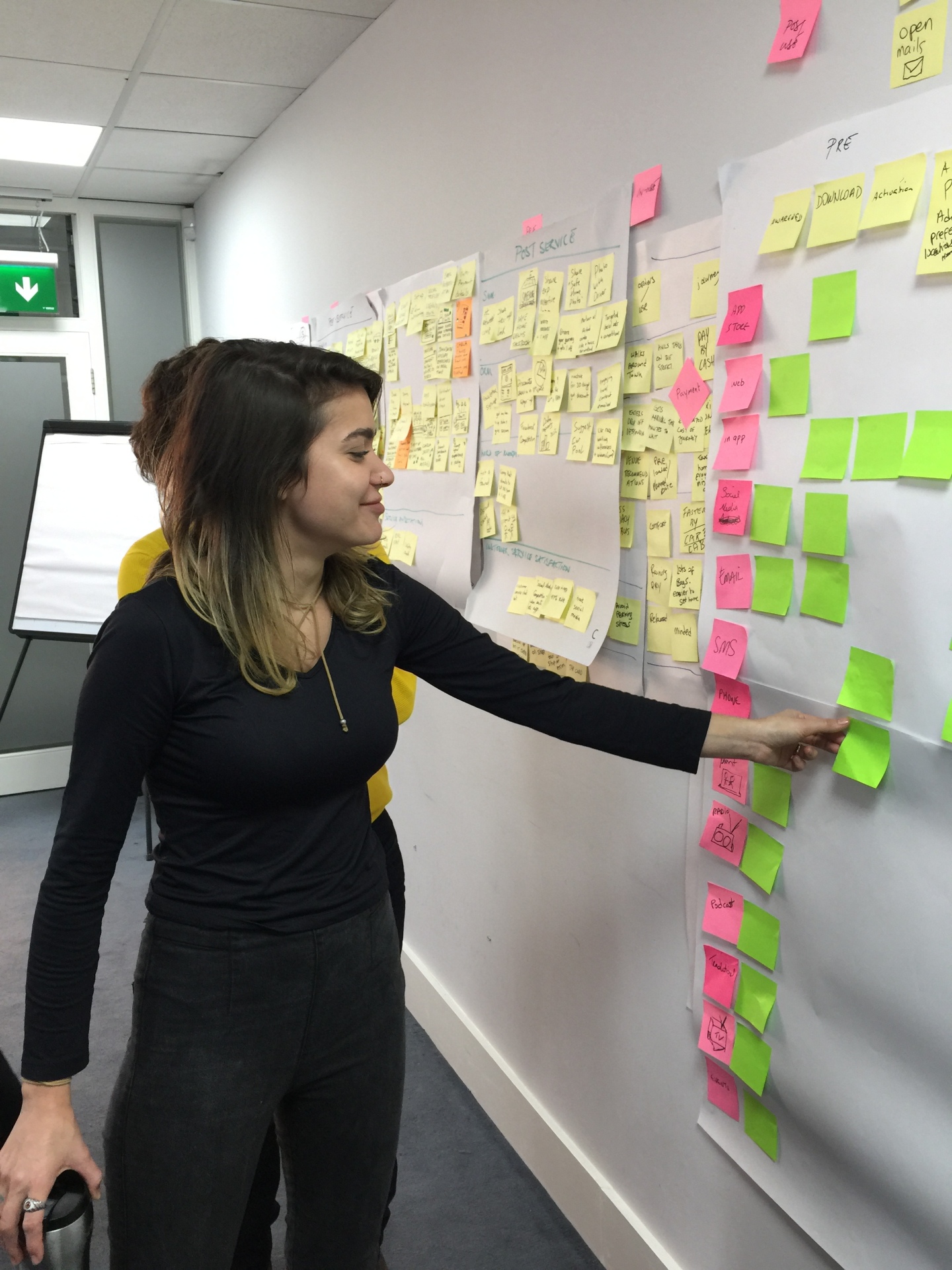
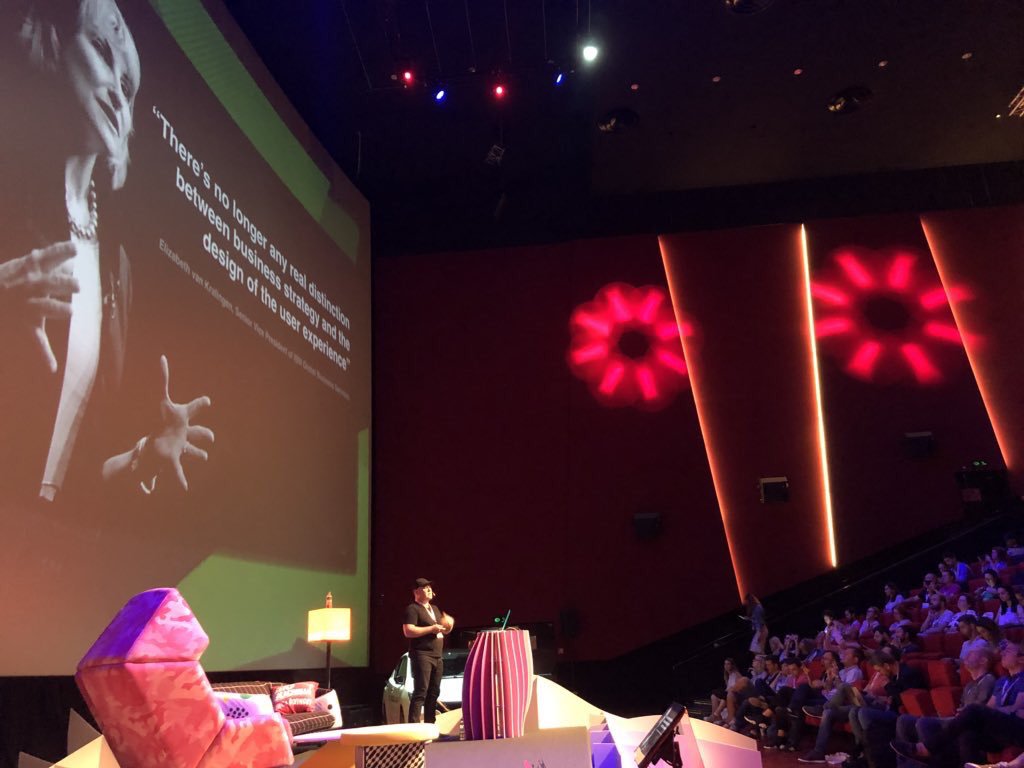
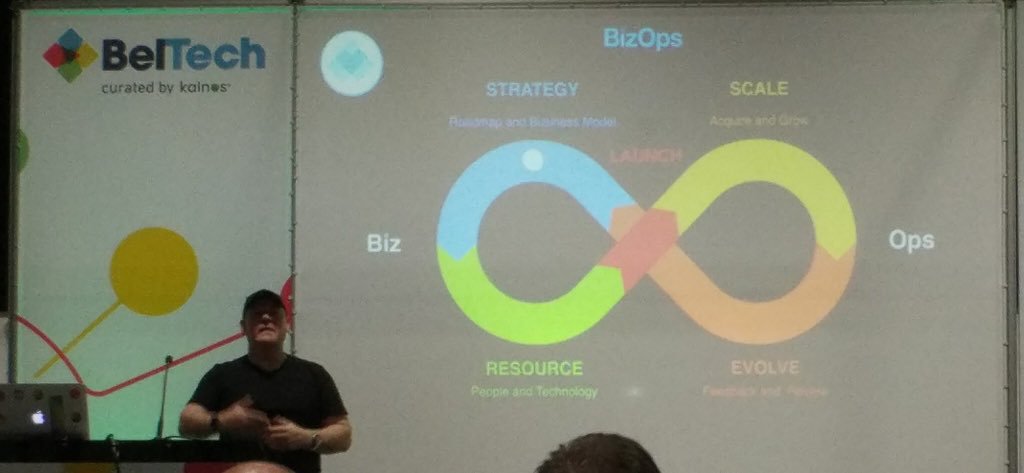
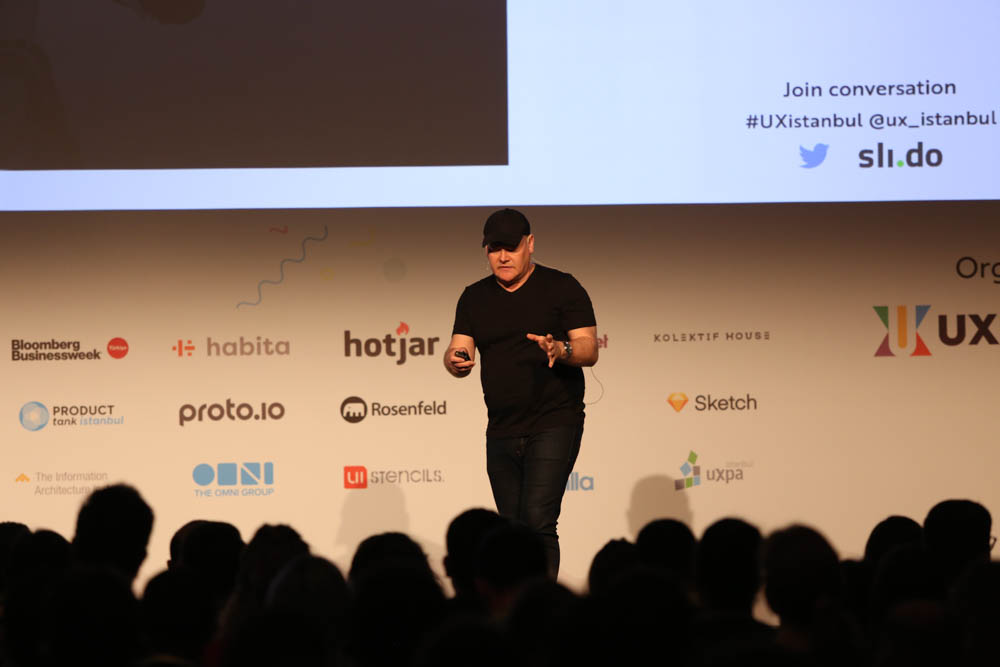
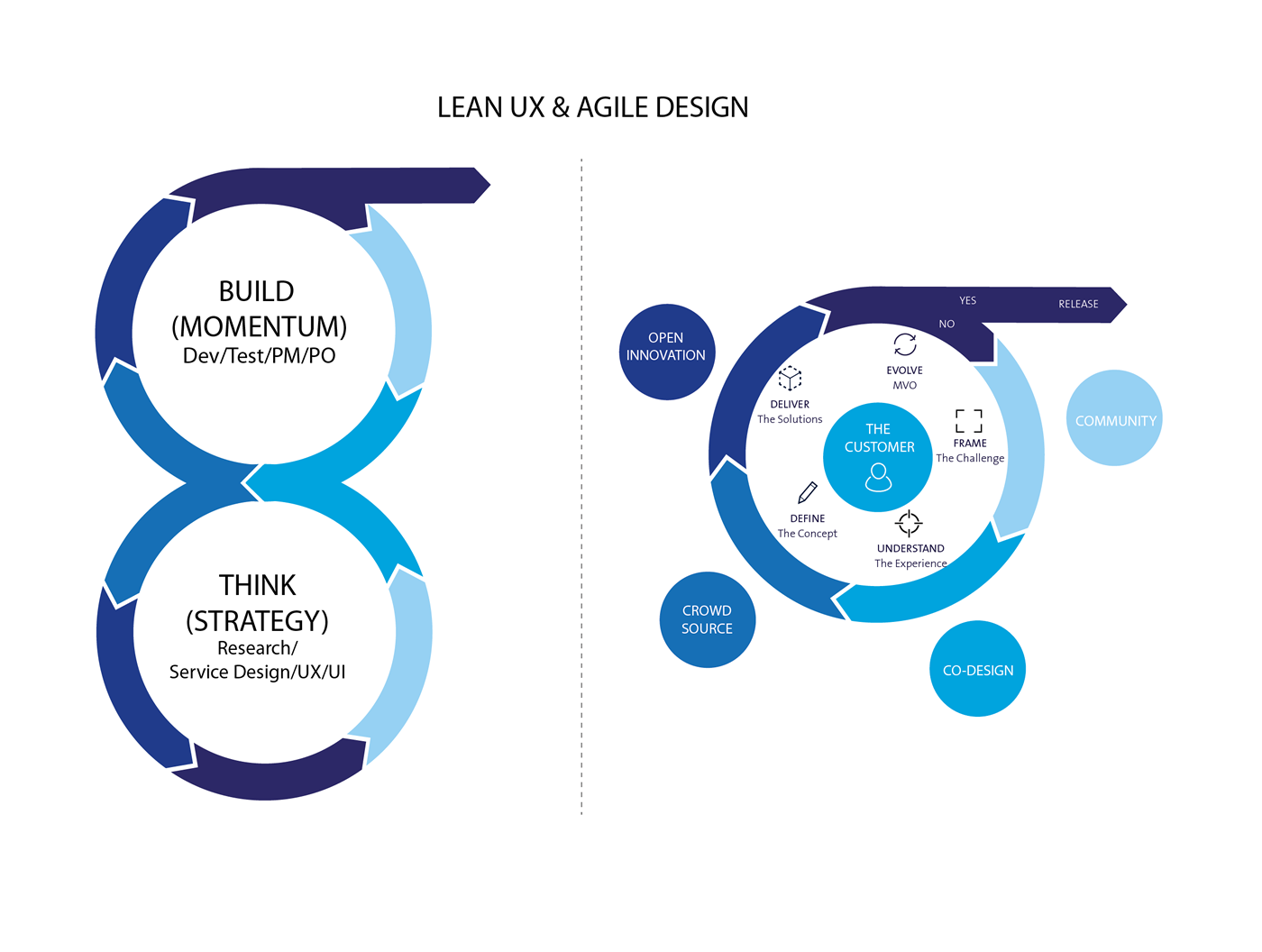
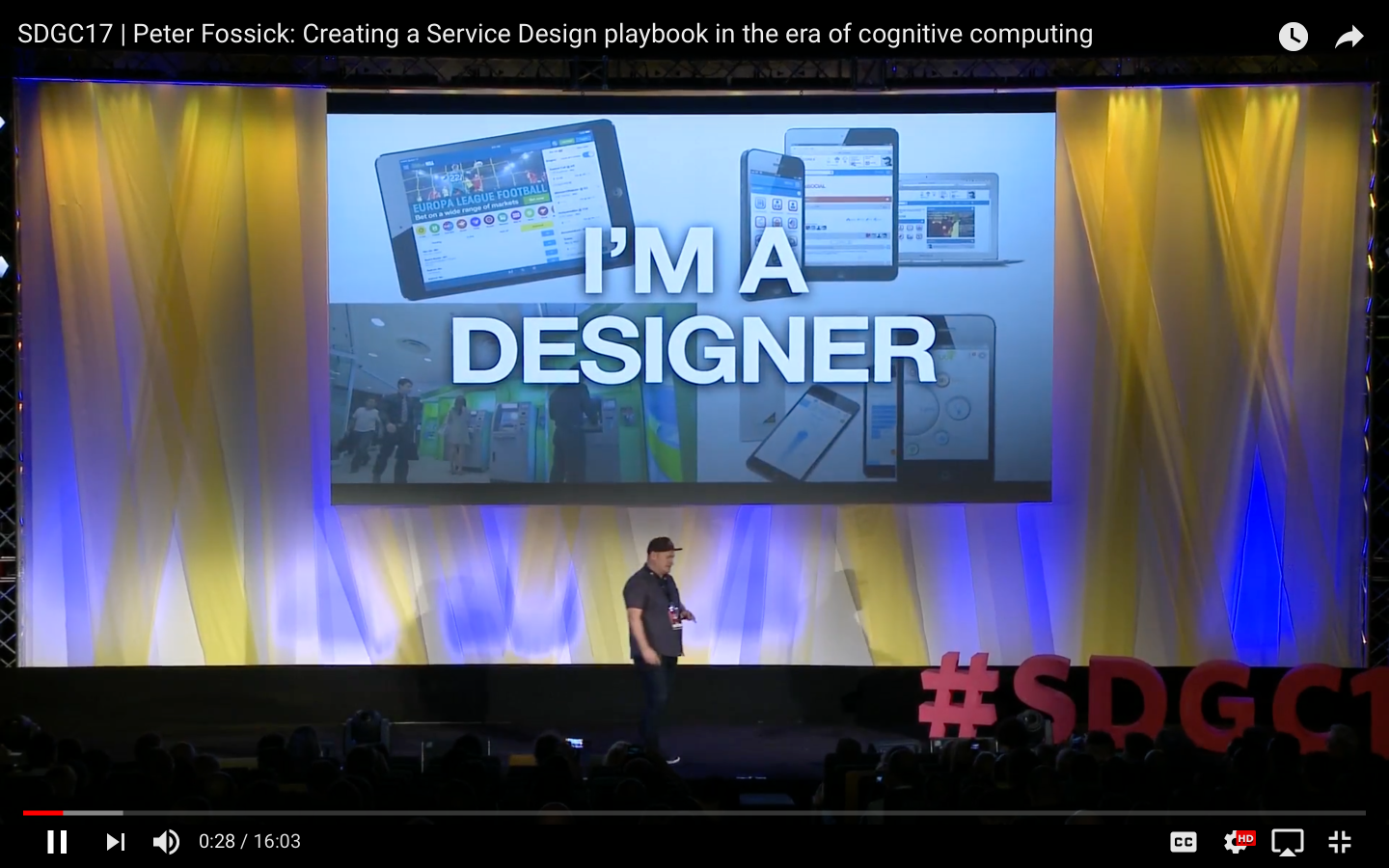
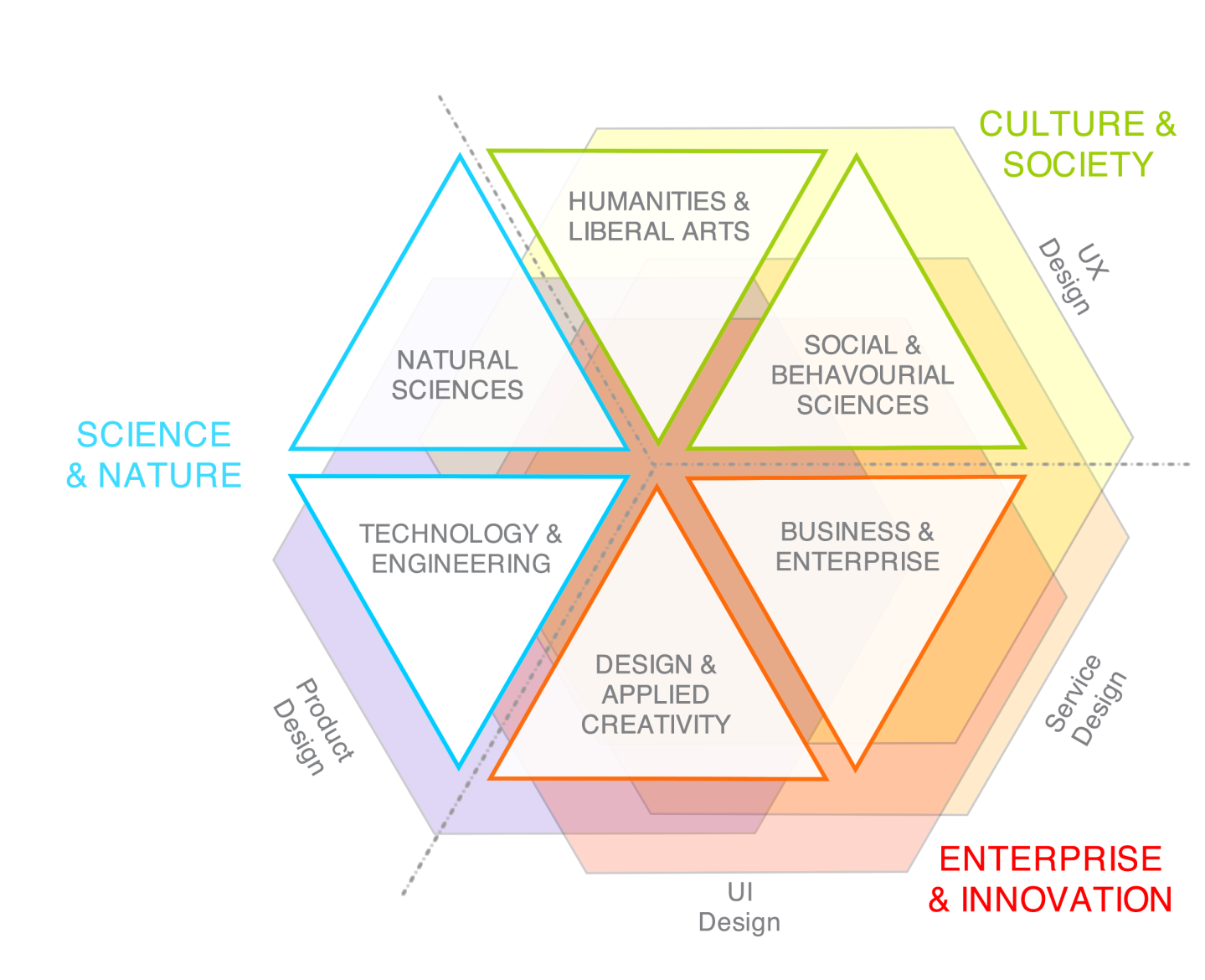
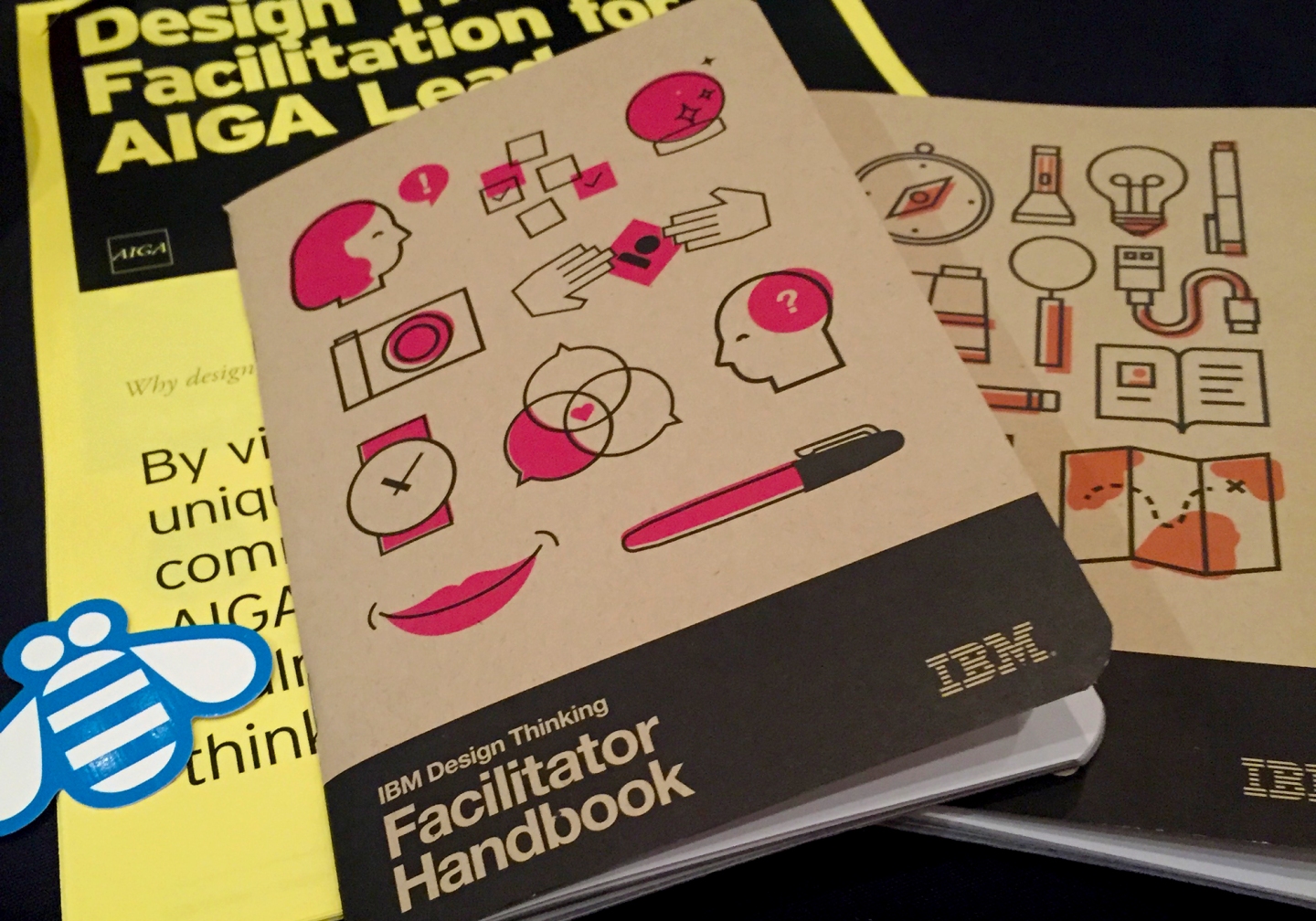
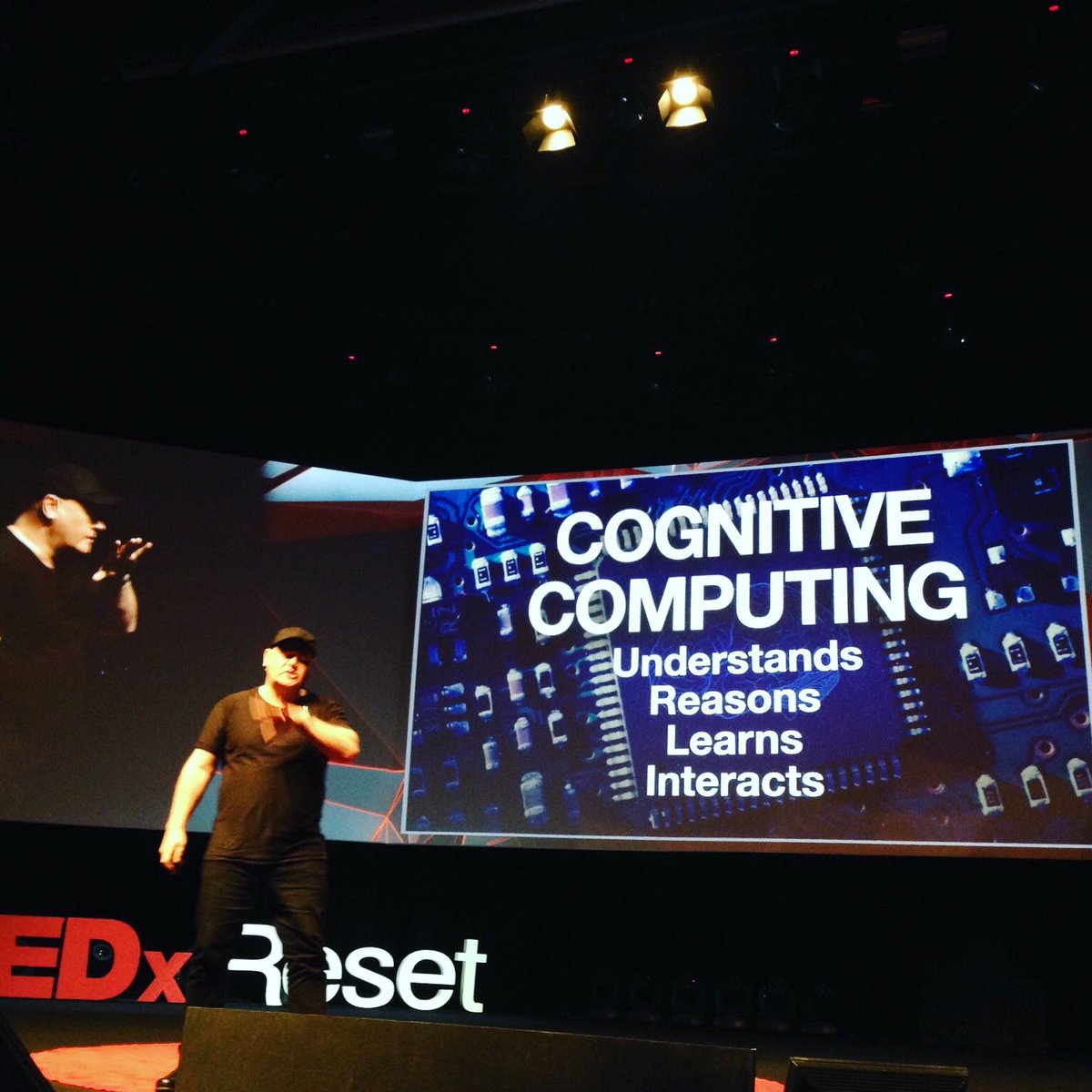
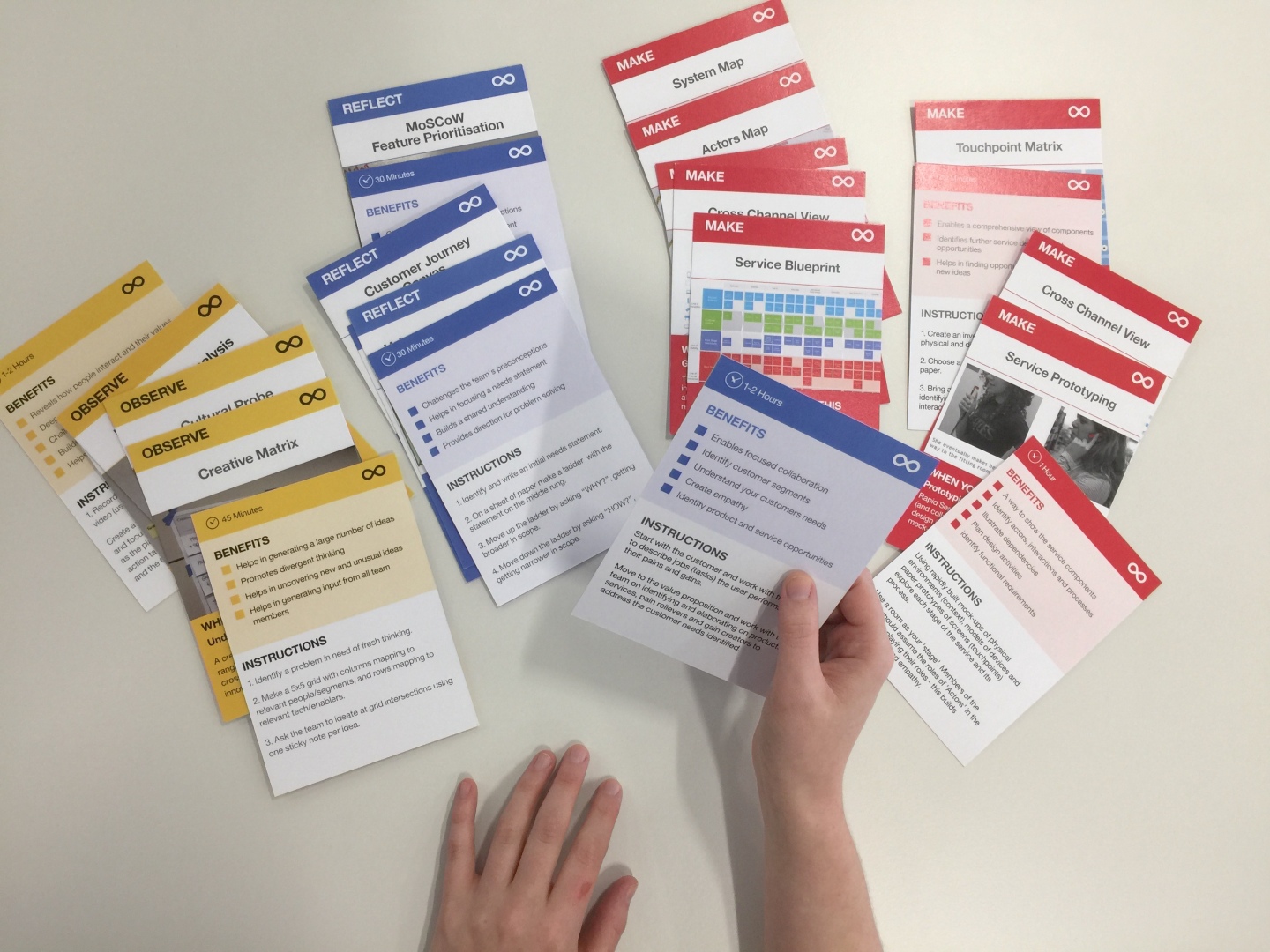
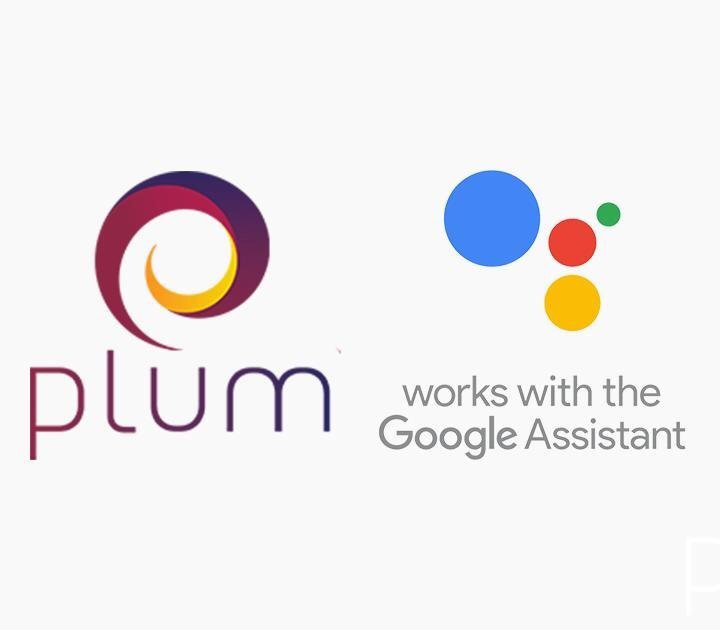
You must be logged in to post a comment.